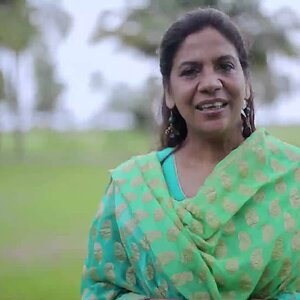I agree with Drake. Photoshop and layers. Really, I personally feel it important to properly expose for each and every tonal range within the image. Make a proper exposure for your brightest highlight, then capture a proper exposure for your deepest shadow. Start with that! Then, you'll want to ensure that every other tonal range that falls between the brightest bright and the darkest dark is also properly exposed. Chances are you'll have to then make a few more exposures, perhaps to expose for tones 2.5 stops brighter than the shadows, 2.5 stops darker than the highlights, and then one more exposure to properly expose the tones that fall 5 stops away (right in the middle) from the brightest highlight/darkest shadow. Stack these five images (or even just the first two) in Photoshop, and then simply bring through the properly exposes areas where needed. This will render what looks to be a natural, un-touched photograph.






![[No title]](/data/xfmg/thumbnail/31/31753-281132967af6a422c89bcc0d6f16499a.jpg?1734160473)

![[No title]](/data/xfmg/thumbnail/31/31757-4f5257d19be4e34c6bdcbd2519380d53.jpg?1734160480)





